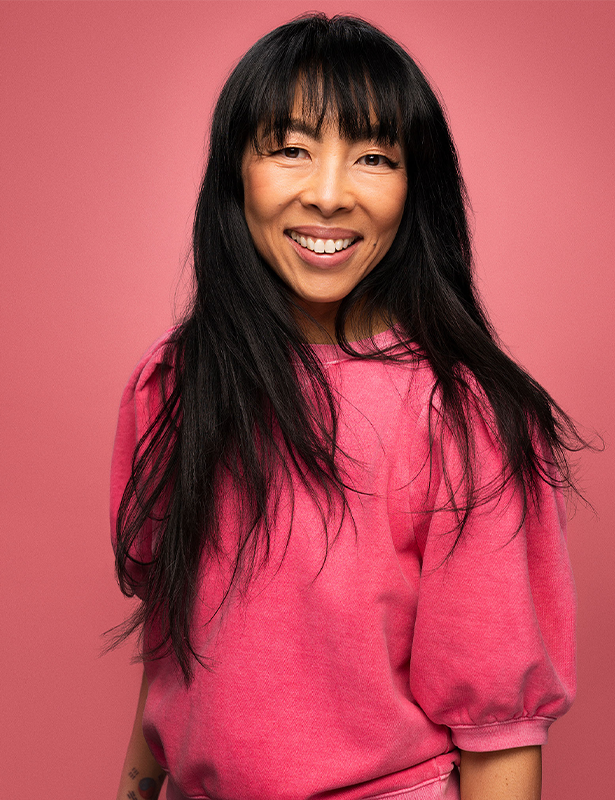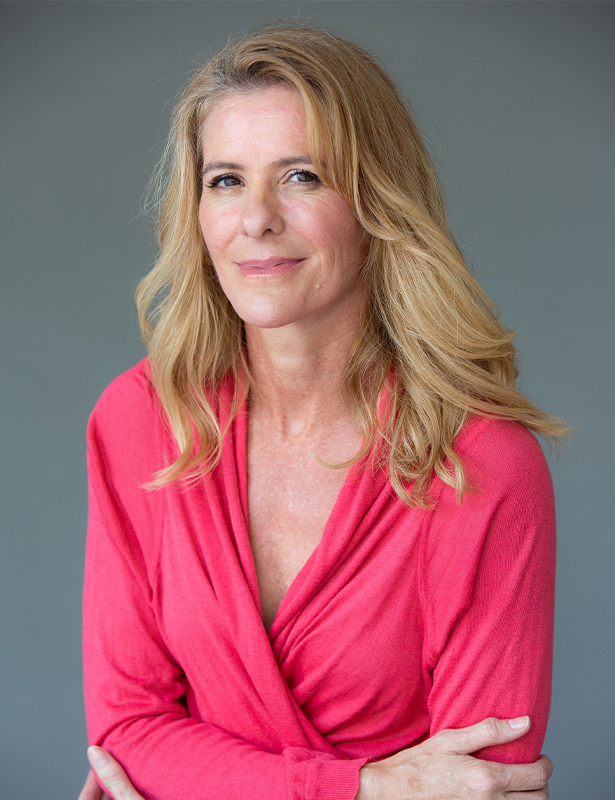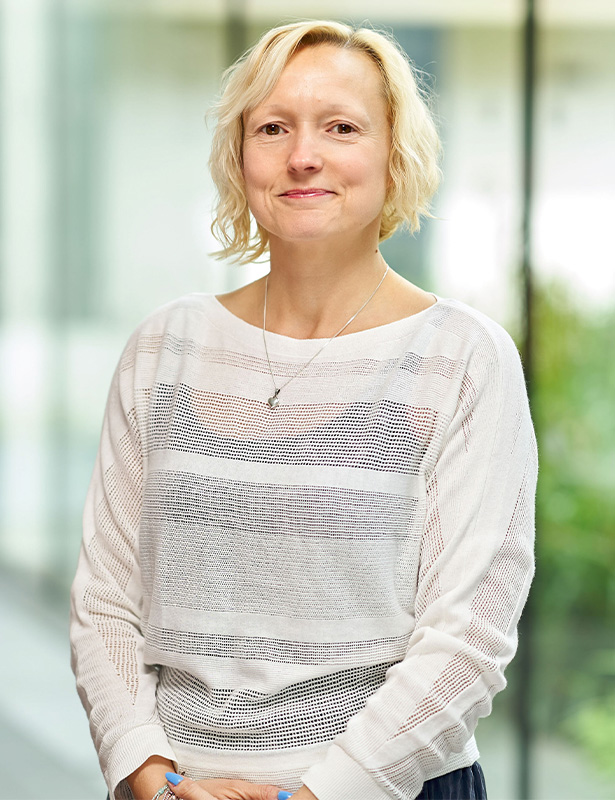Monika Björn highlights the importance of education for both women and those supporting them. She stresses that perimenopausal symptoms can be debilitating and suggests adapting exercise routines to accommodate these changes. Björn recommends adjusting the frequency, intensity, and duration of indoor cycling sessions to suit individual needs, promoting balance in both body and mind. Tracy Minnoch-Nuku, a perimenopausal indoor cycling instructor, advocates for a mindset shift during this life stage, prioritizing long-term health over short-term aesthetics. She underscores the significance of strength training for maintaining lean muscle mass and overall health. Minnoch-Nuku also highlights the benefits of indoor cycling, especially its low-impact nature, for women experiencing joint pain. Dr. Lou Atkinson, a Schwinn master trainer and health psychologist, focuses on supporting positive health behaviors during menopause. She discusses the physiological advantages of indoor cycling for menopausal women, such as its mood-enhancing properties. Dr. Atkinson also acknowledges the challenges, such as joint discomfort and genitourinary issues, and suggests creating fusion classes that combine cycling with strength training. She emphasizes the importance of empathy, peer support, and individualized coaching in fitness clubs to accommodate the diverse needs of women in menopause. From a girls first menstruation until a woman hits perimenopause When a woman's menstruation pattern starts to change due to ageing follicles, normally in her 40s. Symptoms - both physical and psychological - being during perimenopause, making this time period the most stressful part of the menopausal journey for woman. A medical term that tells you a woman has been without her menses for 12 months in a row. The average age when this happens is 51-52 years; most women have experienced symptoms for several years when they reach menopause. The remainder of a woman's life after menopause. The first thing to understand is that perimenopausal women make up a huge group of your members, yet even they don’t really understand what they’re going through. Nobody talks about perimenopause! Whether you’re an operator, instructor, woman – or someone who wants to support a woman – the first step is therefore to educate yourself. For many women, the symptoms of perimenopause can be crippling: hot flashes might be the most famous symptom, but not all women will experience those. It’s also suddenly feeling old, experiencing unexplained muscle and joint pain, anxiety, brain fog, loss of self-esteem, frequent UTIs, lack of sleep… When you’re also trying to manage a job and maybe a family, it’s the perfect storm. In 2018, I published my first book on this topic, and in 2021 my second. As a yoga and former Spin instructor, I also created a one-day certification, Strong Throughout Menopause, to help instructors understand how to support this huge group of members. Of course, every woman’s journey is different, but for those with medium to severe symptoms, training at high intensity several times a week will likely stress their systems even more. They won’t get the same endorphin rush, either, and may feel more tired between sessions. Although weight gain may push them to exercise even harder and eat less, that isn’t the answer. My advice for women experiencing symptoms – and this is something clubs and instructors must understand – is that their bodies may now respond differently to exercise. Certainly for me – someone who used to instruct several indoor cycling classes a week – my results went backwards. I recommend taking one variable at a time, starting with frequency. Keep active, but try doing slightly fewer cycling classes each week and more strength training; this is critical at this lifestage, including for weight management. If it still doesn’t feel good, experiment with intensity too, then duration. It’s about establishing your own very personal thresholds until you restore balance in your body and mind. Make peace with this: something is always better than nothing. Once you’ve restored your energy and found a way to navigate the perimenopause – potentially with hormone replacement therapy (HRT) – you can experiment with building back up. But keep listening to your body and be brutally honest about what works and what doesn’t. Again taking myself as an example, from previously being able to train as hard and as often as I liked, I dropped down to 20 minutes of steady-state cycling three or four times a week when my symptoms were at their worst. I never excluded indoor cycling completely. I just changed how I went about it for a while. In fact, it took me a full year to establish a new training schedule that worked for me – and even now, a few years on, I only do HIIT cycling once a week. Alongside this, I do heavy weights training, yoga, short running sessions and a lot more recovery. And this sits at the heart of my advice to clubs and studios: get educated and create special courses for this huge group of customers – courses where strength training, recovery and education are key elements alongside something like indoor cycling, done in moderation and in a way that fully supports women at this stage of their lives. I’m a 53-year-old, perimenopausal woman who’s still teaching indoor cycling classes with waitlists, but I’m the first to recognise that 45-minute classes won’t suit every woman at this stage of her life. And that’s OK: I’m a strong believer in adopting a new mindset in perimenopause, stepping back from the short-term, aesthetic goals most women have laboured with for decades and instead focusing on what we need to do to stay healthy in the long term, so we can continue to do all the amazing things on our bucket lists. With that in mind, strength training comes first. Lean muscle mass is linked to longevity, as well as giving you the strength to do all the things you want to do. Weight training is also about bone density, joint strength, heart health, brain health, a confidence boost. However, I’m also a firm believer in the right cardiovascular activity being hugely beneficial both physically and mentally, and indoor cycling ticks all the boxes: low impact at a time of joint pain, with the community and the music bringing an added feelgood factor. For many women in perimenopause, a long, high-intensity workout isn’t going to work, but through my Sexy Ageing podcast, I’ve spoken to some of the world’s leading experts and am a big advocate of Dr Stacy Sims’ approach. One of the top physiologists when it comes to the menopause, Dr Sims recommends sprint training during perimenopause. This is the approach I’ve incorporated into the programmes in my app, alongside strength training. It takes around 20 minutes, of which only 10 minutes are work. There’s a five-minute warm-up, 10 minutes of intervals – start with 30 seconds on, 30 seconds recovery, and build up to 40/20 – then five minutes’ cool-down. You could certainly do it on another piece of CV kit, but I believe it’s easiest and most effective on a bike, so that’s what I use in my programmes. And the benefits are really important for women in perimenopause, 80 per cent of whom will become insulin resistant. It’s this that causes weight to creep up, because the body isn’t as efficient at breaking down glucose. So, any exercise that can help with insulin resistance – without putting too much impact on the body – has to be worth considering. Definitely do it in the morning, though, so the cortisol spike has come back down and you’re able to sleep at night. The last thing, which nobody ever wants to talk about but I’m going to: if dryness is making being on a saddle uncomfortable, there are moisturisers and oestrogen gels that can help. You don’t have to let this stop you doing the workouts you enjoy. Menopause and perimenopause is a topic that brings together both sides of my professional expertise, and is something I often discuss with indoor cycling instructors and studio owners. Supporting positive health behaviours is my primary focus, helping women stay active throughout this lifestage, and there are two important aspects. The first is physiological: how indoor cycling can be affected by the symptoms of perimenopause, and vice versa. The second is operational: how clubs and coaches can make indoor cycling classes accessible to this group. On the first point, with the menopausal body losing collagen and muscle mass, the low-impact nature of indoor cycling is beneficial. Cardiovascular exercise is also a mood enhancer, and indoor cycling especially so: a social group exercise experience, often with music and a party vibe. This is significant, as many women suffer from low mood, anxiety, depression and stress during (peri)menopause. On the flipside, there are some challenges: menopausal joint aches and pains can make indoor cycling hard for some, while genitourinary issues can make being in the saddle uncomfortable. And of course, this is an activity where your core temperature rises, which may not be comfortable there and then if you’re already suffering from hot flushes. There is some evidence that exercise can help manage hot flushes over time, although as usual with women’s health, it’s under-researched. The key with indoor cycling is that you’re in complete control of your workout. If you have joint aches, fatigue or sleep disturbance, you simply adjust your intensity while still being part of the same class experience. Alongside this, strength training is vital for this group. I advise clubs to create fusion classes – around 25–30 minutes of cycling followed by 15–20 minutes of bodyweight or free weights training off the bike – so women get everything they need from one class. And beyond that, simply be aware of the hot flushes, the aches and pains, the longer recovery times, the brain fog your members might be experiencing. Have empathy. Remove any stigma. Foster peer support within your community. Reassure class participants that individual wellbeing is more important than everyone doing the same thing – that it’s OK to adjust their intensity. Trust each woman to make the choices that feel right for her mind and her body. Give clear instructions, repeating messages in different ways. And don’t be afraid to coach individually where appropriate.The Benefits of Indoor Cycling Through Menopause
NEWS
Meet the experts

Monika Björn
Author, Lecturer, Menopause Activist, Fitness Trainer

Tracy Minnoch-Nuku
Menopause Podcast Host, Fitness Speaker, Author

Dr. Lou Atkinson
Indoor Cycling master trainer & Health Psychologist
Understanding the female lifestages

Premenopause
Perimenopause
Menopause
Postmenopause

Monika Björn
Author, Lecturer, Menopause Activist, Fitness Trainer

Tracy Minnoch-Nuku
Menopause Podcast Host, Fitness Speaker, Author

Dr. Lou Atkinson
Indoor Cycling Master Trainer & Health Psychologist